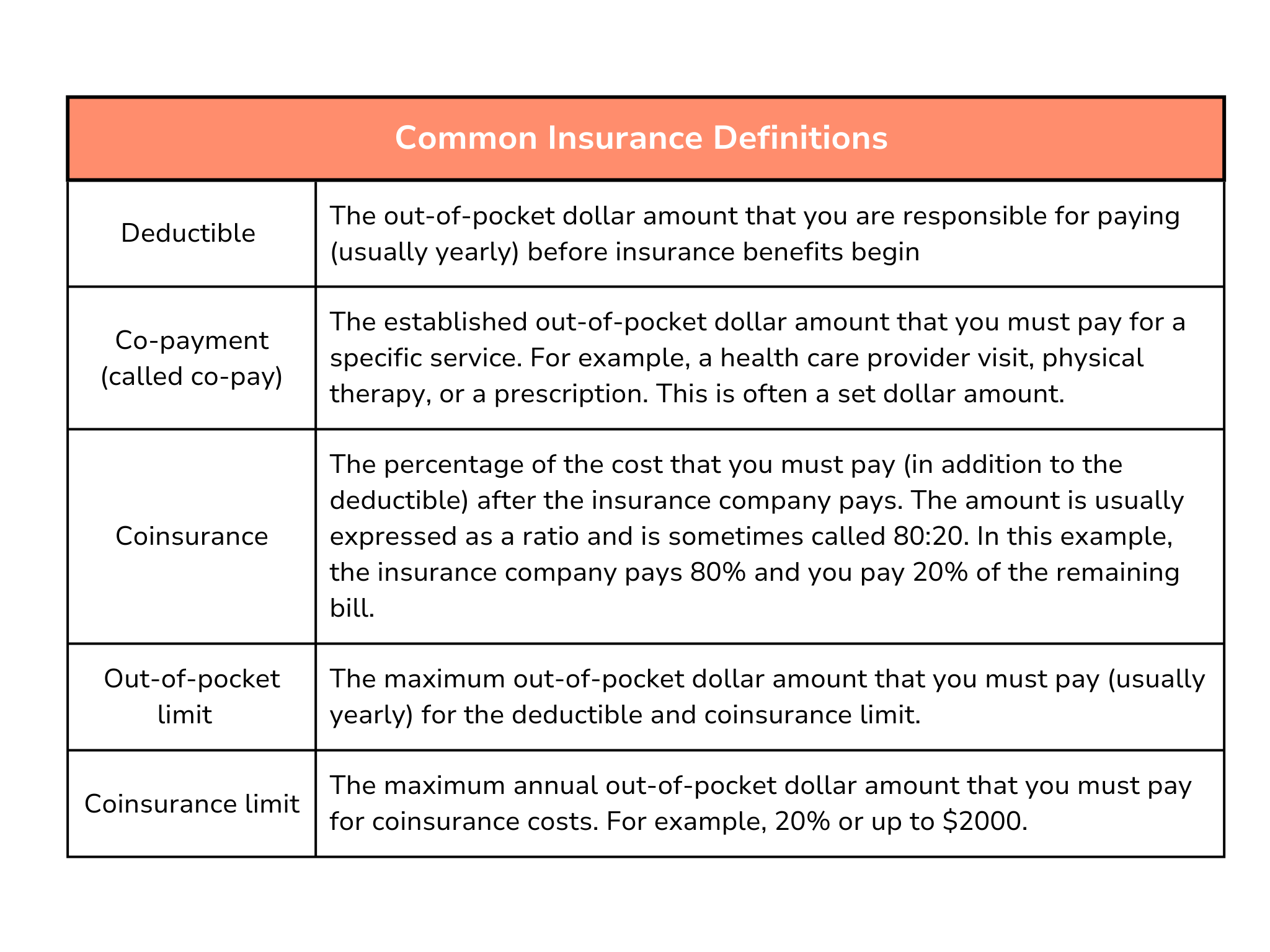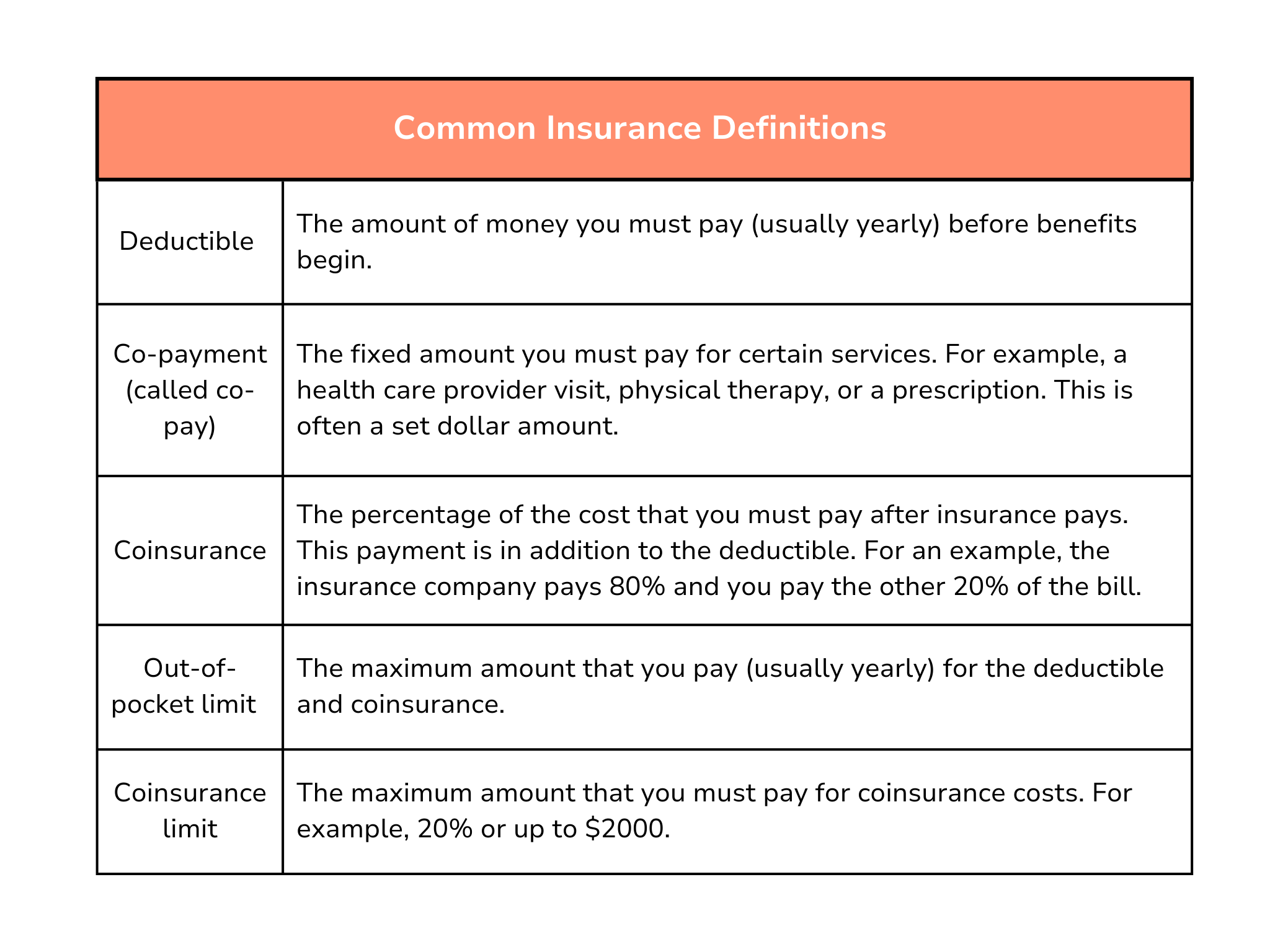Caring for a child or teen with a bleeding or blood disorder can be challenging in many ways, including navigating insurance. From choosing an insurance plan to navigating the health care system, it’s important to understand the basics of managing your family’s insurance coverage. Understanding your family’s health insurance can ensure your child has access to the best possible care.
This section of Next Step covers:
Insurance Overview
Health insurance is a system that helps people pay for their individual or family medical expenses. It typically provides protection against unexpected medical expenses that can be very expensive. Health insurance is recommended for everyone and in various states mandatory. Many states continue to enforce a tax penalty for those individuals who do not have health insurance.
Having health insurance can help you avoid financial problems if you or your child have unexpected medical expenses. It ensures that you and your child will receive the medical care you need without having to worry about how to pay for it. It can help with high medical bills and preventative care.
It started in the United States in the early 1900s when workers began to request protection against work-related injuries. Health insurance became more common after World War II when employers started to offer health coverage as a benefit to their workers1.
People with blood and bleeding disorders may find coverage for their health care and medications through private or public insurance programs. To learn more about the different types of insurance please go to Health Insurance: Options and Types.
Key Terms
There are many complicated terms used by health insurance providers. Here are definitions of some commonly used terms. These terms describe expenses that your pay, also called “out-of-pocket.” These terms are important to understand when trying to find a plan that works for you and your family. These are the amounts (either in dollars or percentage of the cost) that are not covered by insurance that the enrollee in an insurance plan must pay.
Health insurance payments work differently depending on the plan you have selected for your family. Generally, you pay a monthly premium to have coverage. Some plans also have a deductible, which is the amount you must pay before the insurance starts covering the costs. Other plans may require you to pay a copayment, which is a fixed amount you pay each time you receive medical care.
To explore additional health care terms please go to NBDF’s Personal Health Insurance Toolkit HealthPlan Glossary
How to Get Health Insurance
How to Get Health Insurance
There are different ways to get health insurance. You can get it through your employer if they offer it as a benefit. You can also purchase it in the Health Insurance Marketplace, directly from an insurance company, or through a government program such as Medicaid or Medicare. To learn more about the different types of insurance please go to Health Insurance: Options and Types.
To learn more about health insurance please go to NBDF’s Personal Health Insurance Toolkit.
- Moseley, George. “The U.S. Health Care Non-System, 1908-2008.” AMA Journal of Ethics, vol. 10, no. 5, 2019, pp. 324–331, journalofethics.ama-assn.org/article/us-health-care-non-system-1908-2008/2008-05, https://doi.org/10.1001/virtualmentor.2008.10.5.mhst1-0805.. Accessed 15 Mar. 2023.


